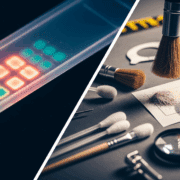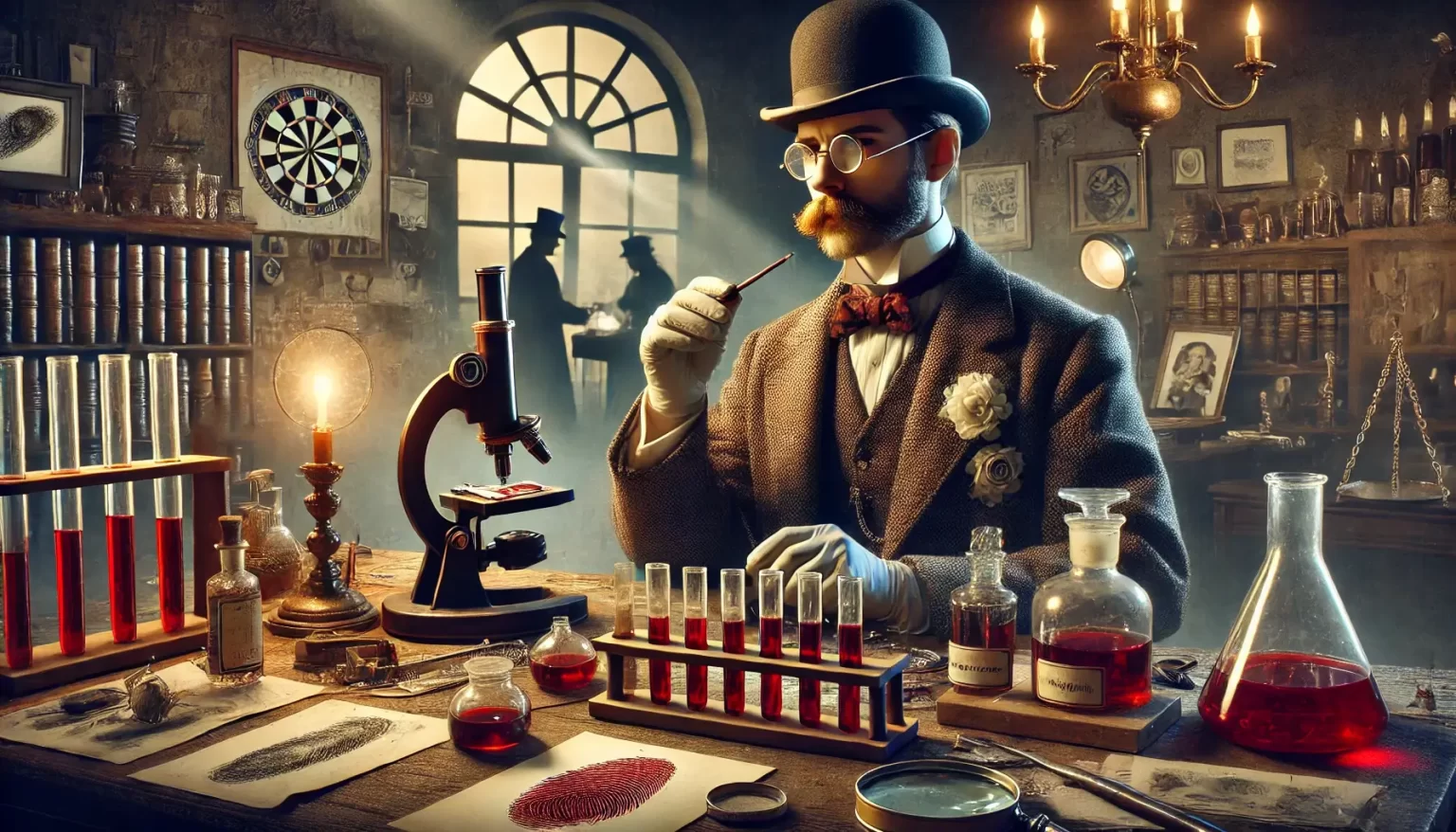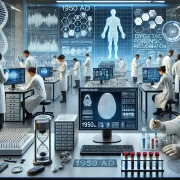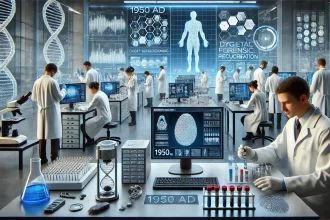Introduction
The Modern Era saw the rapid expansion of forensic science

Discover the major innovations of the Modern Era and see how forensic science continued to evolve into the Contemporary Era with the introduction of DNA DNA, or Deoxyribonucleic Acid, is the genetic material found in cells, composed of a double helix structure. It serves as the genetic blueprint for all living organisms. Read Full Definition analysis and modern technologies.
DNA, or Deoxyribonucleic Acid, is the genetic material found in cells, composed of a double helix structure. It serves as the genetic blueprint for all living organisms. Read Full Definition analysis and modern technologies.
Key Milestones in Forensic Science (1800 – 1950)
This timeline is divided into three key eras:
🔹 1800s to 1850 – Early Forensic Advancements: The birth of forensic toxicology, fingerprinting, and document examination.
🔹 1850s to 1890s – The Rise of Forensic Science: The emergence of forensic anthropologyForensic anthropology is a special sub-field of physical anthropology (the study of human remains) that involves applying skeletal analysis and techniques in archaeology to solving criminal cases. Read Full Definition, microscopy, and crime scene photography.
🔹 1900s to 1950 – The Emergence of Modern Forensics: The establishment of crime labs, blood typing, and forensic psychology.
Explore how these groundbreaking developments laid the foundation for today’s forensic techniques.











